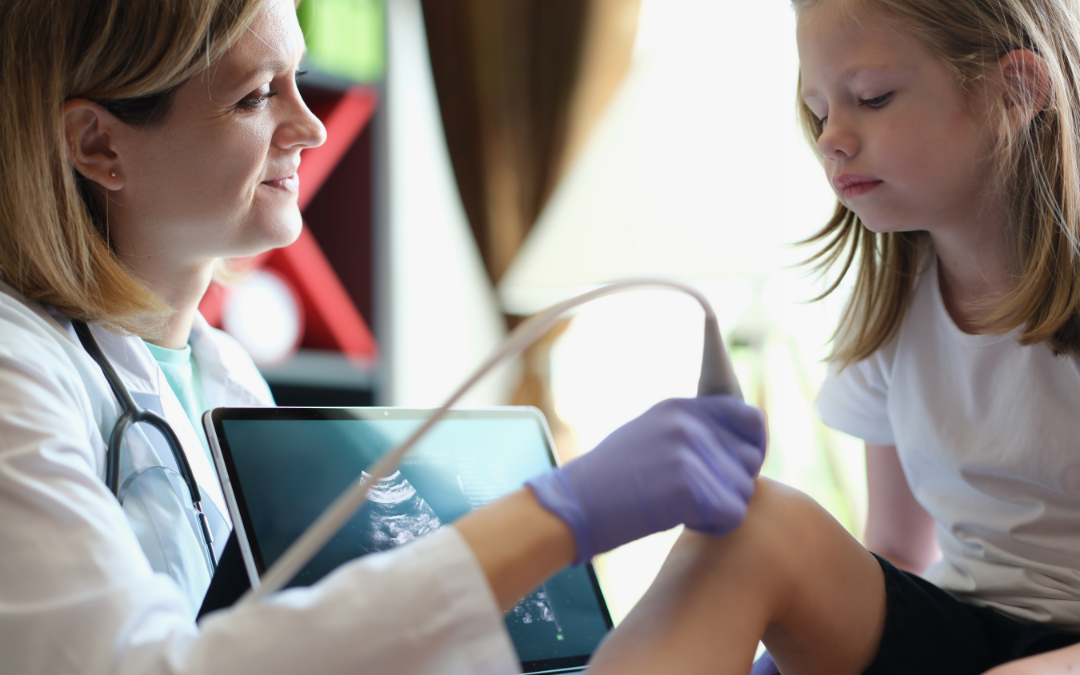Not only are quick and accurate diagnoses in the health sector necessary, but they are also most essential in determining the quality of healthcare. It is critical for quick and correct patient treatment and plays a pivotal role in improving overall healthcare services. With the continuous growth in eHealth, the medical world has to be prepared for newer strategies and methods that should lead healthcare toward a more effective diagnostic approach. This blog post will deal with various issues of healthcare diagnoses by elaborating on technological progress, medical training, patient-centered strategies, and regulation considerations ensuring the efficient use of diagnostic imaging equipment in healthcare systems.
Healthcare Diagnoses: The landscape ruler
Technological advancements and rapid growth are characteristics of the healthcare field nowadays. Starting with the diagnostic area, from the antique ways of diagnosis to the newest technologies, which are the most updated, the perception of the diagnostic landscape will direct the health system toward better efficiency.
The diagnostic procedures of healthcare are multi-dimensional and use a variety of methods, such as imaging, laboratory examinations, and clinical assessment. Although the last decades have seen the improvement of such techniques, however, several difficulties have slowed down the progress. Problems like long hold-up times, resource allocation in sufficient numbers, as well as some cases of misdiagnosis often put the task of diagnosis in health care delivery systems at risk.
The deliverables of healthcare diagnosis include the aspiration for speedy and accurate results, handling gigantic volumes of data, and provision of patient-friendly services. Not only do these challenges pose obstructions, but they are also opportunities that serve as the motivation for creating new and smart technology, efficient, frictionless workflows, and effective teamwork among healthcare providers.
The technological renaissance in diagnostics in the healthcare system translates into better disease detection. From the development of point-of-care testing to medical imaging and streamlined workflows, these breakthroughs influence the healthcare sector toward unforeseen levels of diagnostic efficiency.
- Emergence of Medical Imaging Disciplines: A whole area of medical image diagnostics has benefited most from innovative technological improvements like high-resolution imaging modalities and 3d reconstructions, known to skyrocket diagnostic accuracy. These breakthroughs allow medical professionals to carry out an ever-better monitoring and interpretation of deviations with higher accuracy that, in the end, results in better treatment options.
- Streamlining Diagnostic Workflows: Fast-tracking the diagnostic process in healthcare revolves around the streamlining of ordering, test booths, and case discussions. Digital integration of platforms for data handling, electronic health records (EHRs), and decision support systems enables a tight diagnostic process that is played out in a short period of time without any mistakes and omissions.
- Point-of-Care Testing: The emergence of point-of-care testing platforms at the care site extends immediate test results, avoiding waiting for samples to be moved to an external central laboratory. This system is applicable for emergency situations to make fast responses, decision-making, and in-time interventions.
- Telemedicine and remote diagnostic techniques: Telemedicine is really a redesign of health care that makes possible distance-less consultations and diagnosis evaluations. This means that both patients who live in faraway areas as well as healthcare providers, can perform examinations that are done remotely – not to mention the quick detecting and monitoring of patients.
- Rapid Communication and Teamwork: Respectful communication based on collaboration among healthcare professionals is one of the significant factors of diagnostic efficiency. Collaborative and interactive software plus communication channels enable prompt and precise flow of data and information, which speeds up the diagnostic process.
- Artificial Intelligence Integration: With the employment of AI in medical diagnoses and the use of machine learning algorithms, multitudes of data can be analyzed, trends can be identified, and self-learning computers can help doctors reach more accurate and timely diagnoses. AI utilization can determine an entirely new paradigm for finding healthcare solutions. Nevertheless, ethical aspects, safety, and reliability remain the most critical conditions.
Excellent staff training and competency acquisition
The process of training healthcare professionals is one of the mandatory measures so that they may diagnose efficiently. Educational systems, work training workshops, and skills development projects ensure that medical employees are abreast with new diagnostic technologies and strategies to speed up and improve their patient diagnoses.
However, technological advancements in healthcare diagnosis go beyond the technical procedures and should proceed with patient-oriented care. Taking patients into account at various levels, such as clear communication, involving them in decision-making, and providing just-in-time feedback will improve the general experience of a patient as well as forming a partnership between providers and patients.
Wrapping Up
Along the path of ever-changing health diagnostics, the basic principle is nothing but the search for efficiency at any cost. That is why aplusmedical.biz is committed to providing state-of-the-art medical imaging machinery to advance this crusade. As the top manufacturer of new, old, and refurbished medical imaging scanning parts and hardware for medical institutions, agencies, clinics, and healthcare organizations, they are in the best position to supply the equipment they require anywhere in the world. A+ Medical is where you should buy a whole range of products, including the latest cutting-edge technologies, which will help your diagnostic processes work precisely and quickly.









